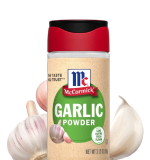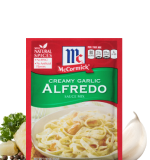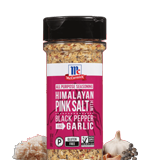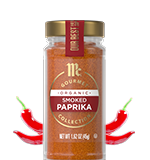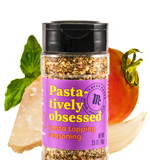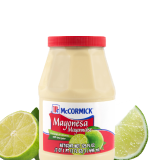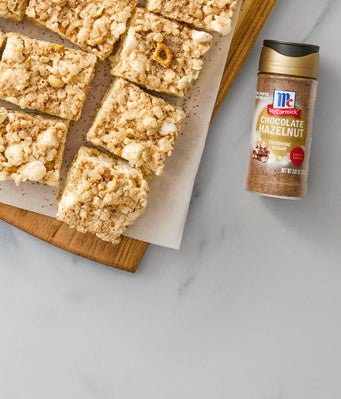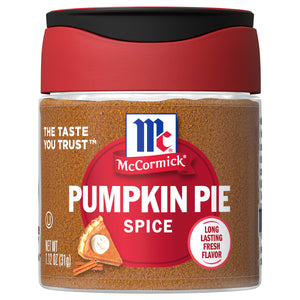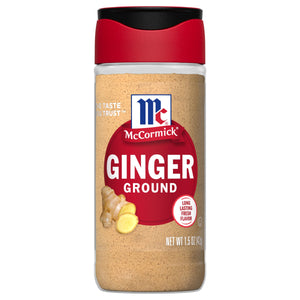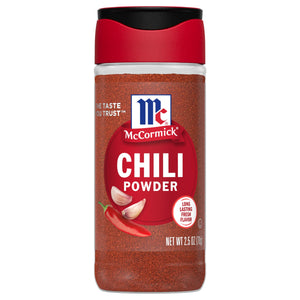

Articles, Tips & Kitchen Inspiration
Explore the full collection of McCormick articles, where expert tips, how-tos, and flavor-packed ideas turn everyday meals into memorable moments.

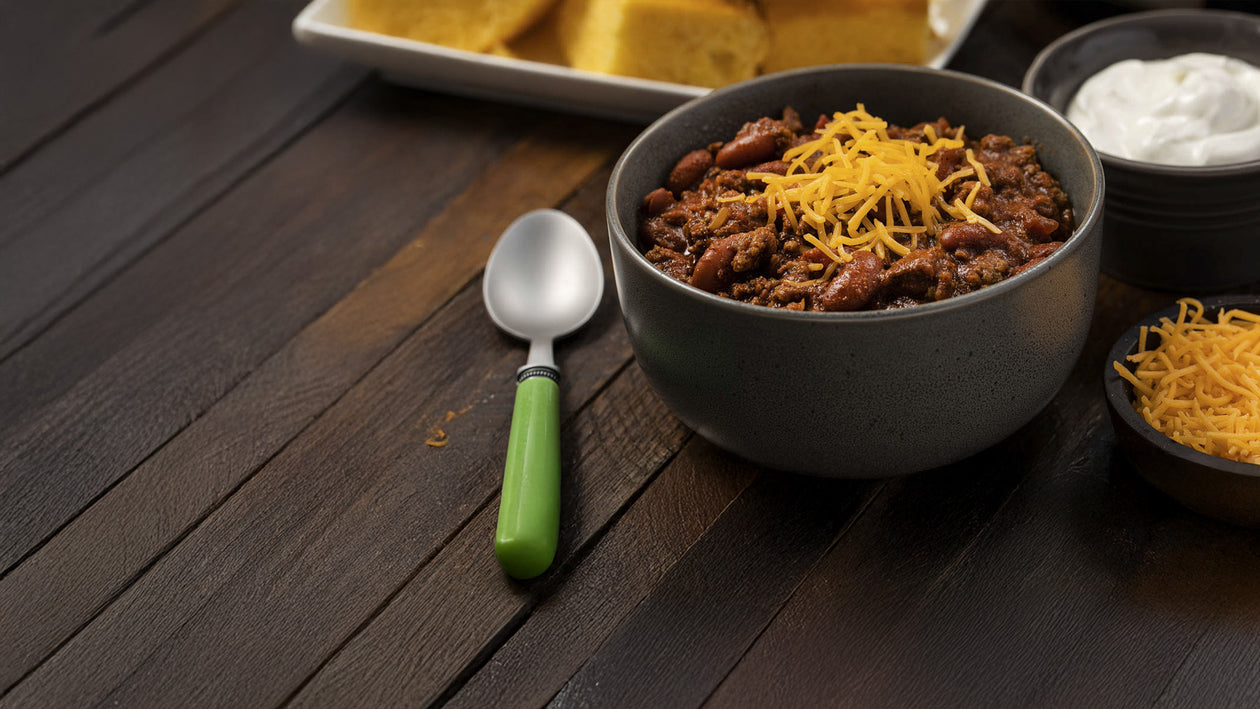
Slow Cooker Comforts Made Simple
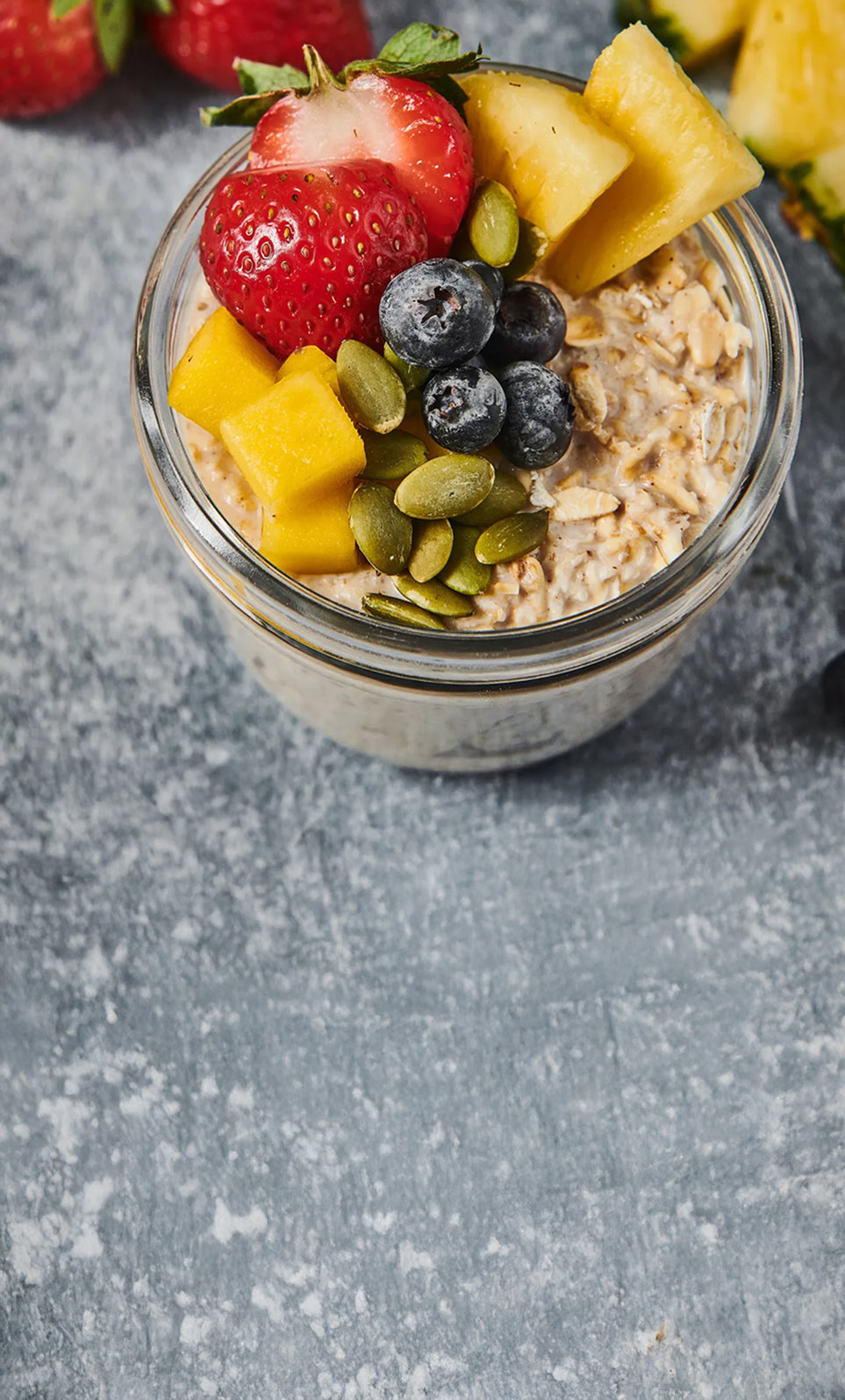

15 Easy Breakfast Meal Prep Ideas
Pressed for time in the mornings? From overnight oats to egg bakes. These quick and creative ideas make breakfast one less thing to worry about. Get the fuel you need without missing a beat.
You Might Also Like

12 Best Soup Recipes to Give You All the Warm Feelings

Easy Meatloaf Recipes to Fill Your Stomach and Soul

Easy Pancake Recipes to Make at Home

6 Chicken Noodle Soup Recipes to Warm Your Soul

Smoothie Operator: Enjoy Easy Smoothie Recipes

Pot Roast Recipes to Help You Stay Warm This Winter

Bring the Cheer with these Holiday Breakfast


